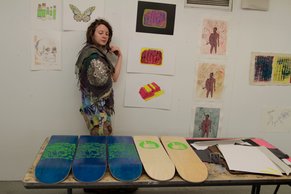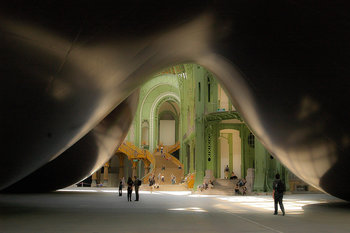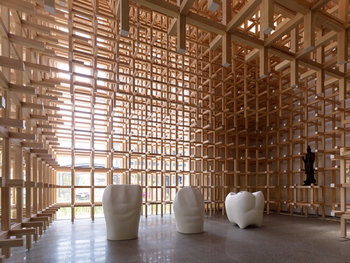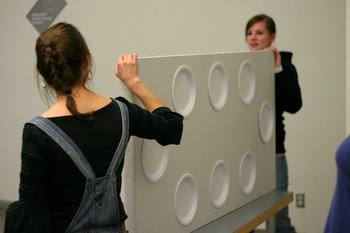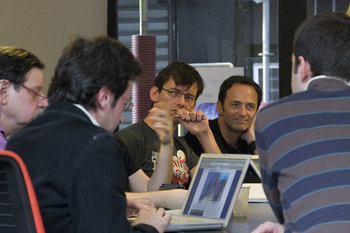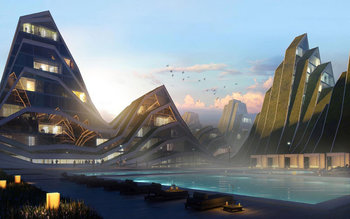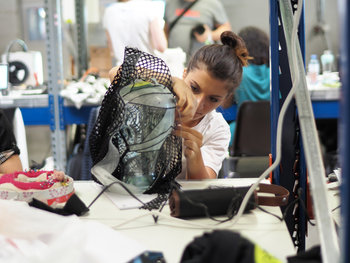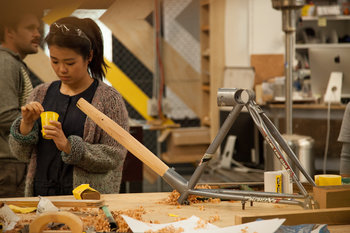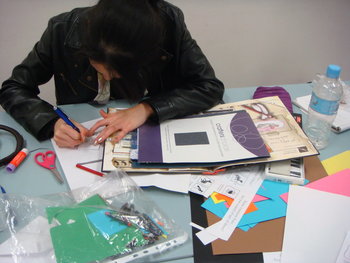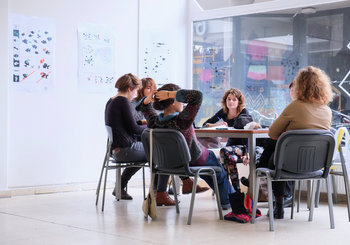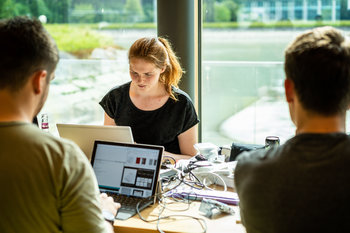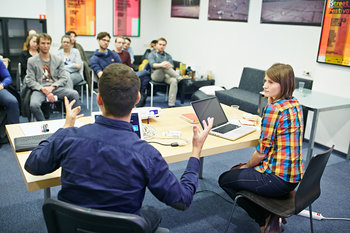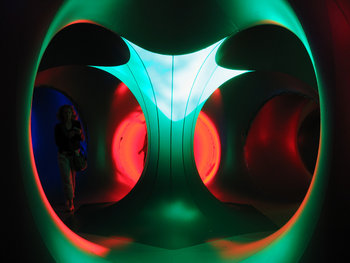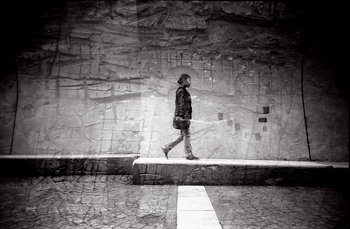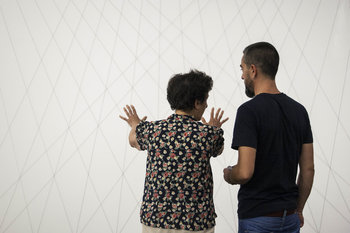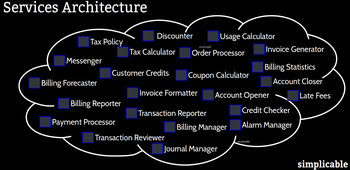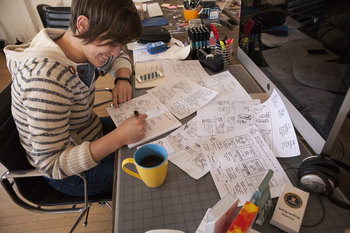
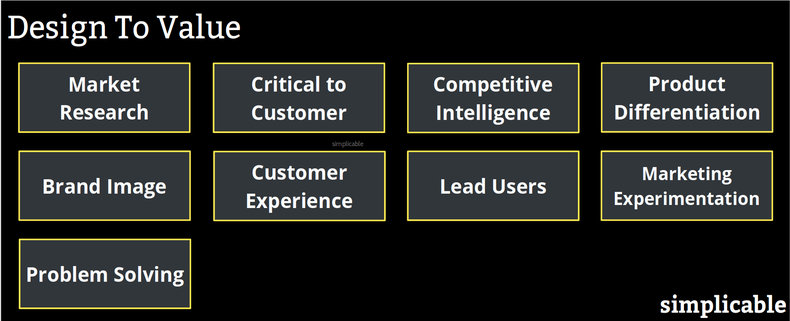
Market Research
Design to value is associated with market research and efforts to identify customer needs and preferences to drive product development. For example, a manufacturer of battery chargers may find that customers feel that current products have a strange chemical smell they find disturbing. Based on this, the manufacturer establishes the requirement that new designs not smell or include harmful substances.Critical to Customer
Critical to customer is the identification of needs and preferences that drive customer motivation. There can be a significant difference between what customers say they want and what truly motivates purchases. For example, an ice cream manufacturer may find that customers say they want low calorie products but aren't actually motivated to buy such products. As such, the firm bases design to value on elements that appear to drive motivation such as convenient packaging and luxurious flavors.Competitive Intelligence
Design to value may seek to catch up or preempt the functions, features and quality of the competition. For example, a beverage company finds that a major competitor has established a roadmap to shift to all organic ingredients. The firm responds with an aggressive program to develop and test new organic formulations.Product Differentiation
Product differentiation is the unique value of a product relative to the competition. Design to value may be focused on unique value as opposed to total value in order to differentiate products in a crowded market. For example, a camera manufacturer that seeks to produce the most durable camera on the market that can endure extreme conditions and shocks.Brand Image
Brand image is the set of ideas and emotions that customers hold towards a brand. Design to value may be focused on developing brand image such as a luxury cosmetics company that develops an unusually expensive handbag using costly materials and fine workmanship to serve as a symbol of the brand.Customer Experience
Design to value is often applied beyond product design to the end-to-end customer experience. For example, the design of a hotel lobby may seek to maximize value to guests with luxurious, impressive or useful features.Lead Users
The challenge of design to value is discovering leaps forward in value as opposed to addressing minor customer problems with existing products and services. A common way to overcome mediocre ideas for improvement is to engage those users who are pushing your products to their edges. For example, an bicycle manufacturer that acquires new ideas for value from professional athletes, extreme bicycling enthusiasts and people who commute 30 miles or more daily with their products.Marketing Experimentation
Design to value is a common approach to marketing experimentation. For example, a fashion company develops 12 new models of shoes based on customer preferences and brand image to test with customers.Problem Solving
Internal efforts to design structures, technologies, processes and procedures may apply a design to value approach by identifying, prioritizing and solving problems. For example, an airline that identifies gaps in a customer service process that can be fixed with new tools to improve customer service.| Overview: Design To Value | ||
Type | ||
Definition | Requirements and designs that seek to maximize the value of a design to customers. | |
Related Concepts | ||


